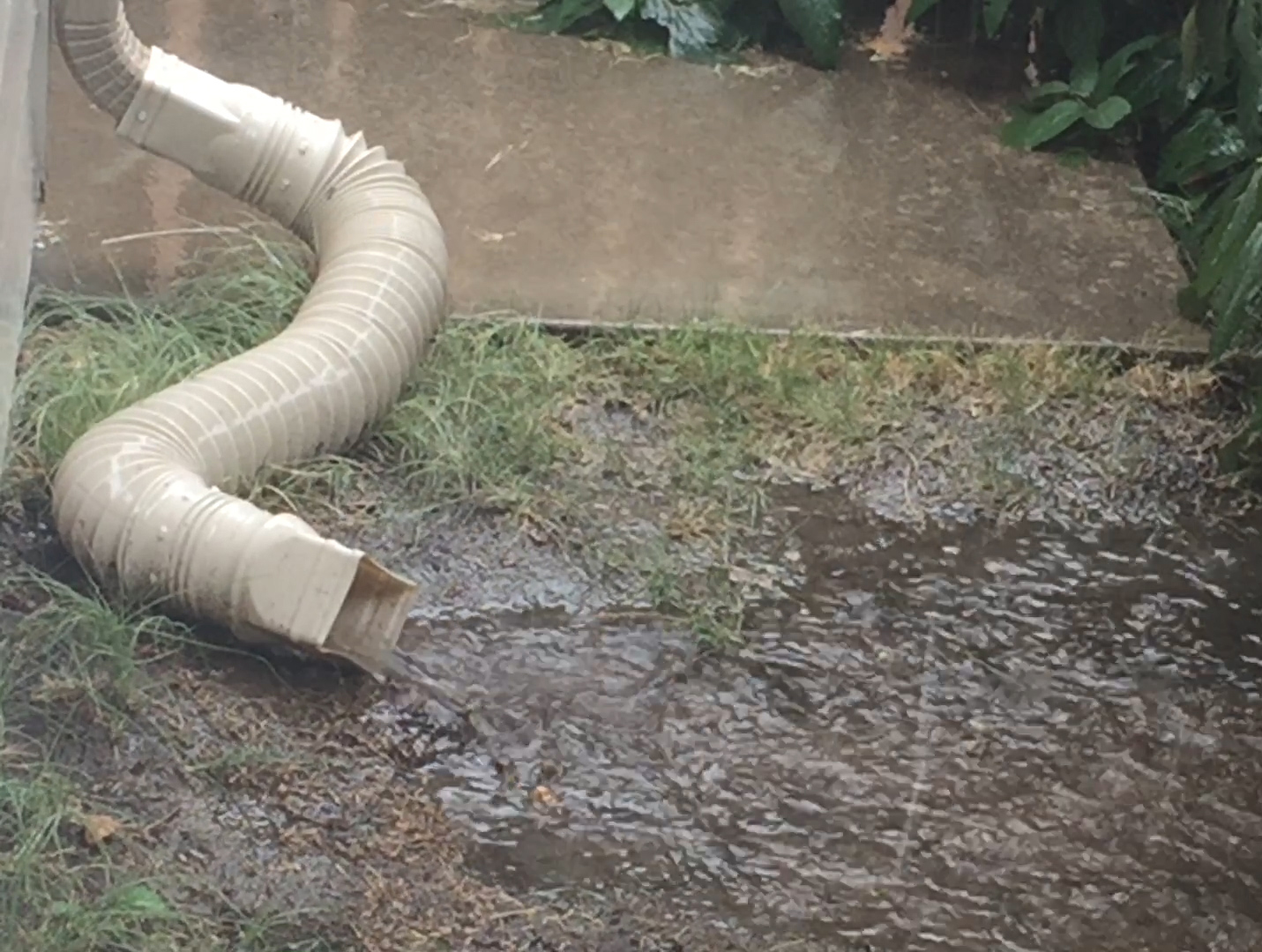
By BECKY KISER
Hays Post
It’s been an unusually cool and wet spring in Hays but outdoor watering restrictions remain in place.
From June 1 through Sept. 30, no outdoor watering is permitted from city of Hays or private wells between the hours of noon and 7 p.m.
In many areas the soil remains saturated, and Holly Dickman, water conservation specialist, cautions against over watering.
“Despite those warmer days, we may have had here and there, many of our established landscape plants have not needed supplemental irrigation,” says Dickman. “Trees, shrubs and lawns that have been well established and in for years, they really haven’t needed any watering as of yet, which is very unusual for this point in June.”
Too much irrigation is not good for plants and even Mother Nature can cause problems with too much water.
“You can have poor root systems which can ultimately cause unhealthy plants and lots of stress on them,” Dickman said.
Dickman advises checking the soil before watering by using a probe such as a long screwdriver or piece of stiff wire.

“Stick that probe down into the soil and see whether it’s actually moist or not. Once you hit resistance with a probe like that, you know you’ve probably hit dry soil.
“But at this point, we do not have dry soils in Hays, Kansas.”
The soil should be allowed to dry out before it is watered again.
Watering is recommended to the following depths where the roots are :
- Turfgrass lawns: 6-8 inches
- Flowers and vegetables: 8-12 inches
- Trees and shrubs: 12-18 inches
You made need to water more often if you have a newly planted seed lawn, newly planted flowers or a vegetable garden.
“In that case, on a warmer day you may have to go out and water periodically to keep those roots systems moist and healthy. But other wise, established plants have not needed additional moisture yet.”
As of Wed., June 19, Hays has received 13.02 inches of moisture this year. The normal average, according to the K-State Research Agricultural Research Center, is 11.27 inches by the end of June.
